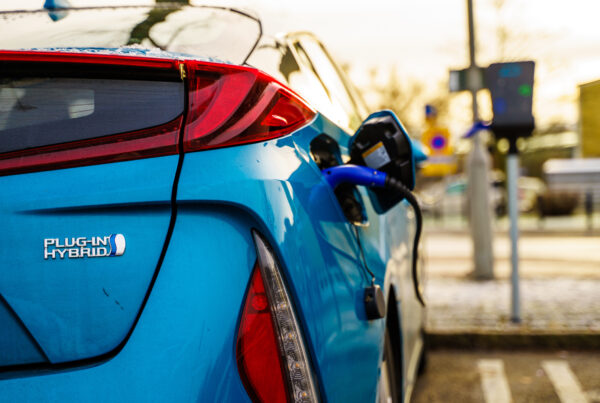Researchers at Monash University have unveiled a groundbreaking development in the form of a new lithium-sulfur (Li-S) battery design. This innovation, featuring a nanoporous polymer-coated lithium foil anode, promises to revolutionise the battery industry by reducing the amount of lithium needed in each battery.
In their recently published paper, the research team, led by PhD student Declan McNamara, and supported by Professor Matthew Hill and Professor Mainak Majumder of Monash Engineering, along with Dr. Makhdokht Shaibani of RMIT University, highlights the immense potential of this new battery design. By applying a nanoporous polymer directly onto the lithium foil anode, the researchers have created a game-changing battery that utilises less lithium, provides higher energy density, boasts a longer lifespan, and is set to cost half as much as traditional lithium-ion batteries.
Li-S batteries, which are a relatively new energy storage technology, utilise metallic lithium and sulfur to deliver significantly higher energy capacity per gram compared to lithium-ion batteries. While Li-S batteries offer impressive efficiency, the environmental impact of lithium extraction and transportation remains a concern. Hence, minimising the use of lithium is crucial for sustainable energy storage.
Traditional Li-S batteries consist of a lithium anode and sulfur cathode with a separator in between. During charge and discharge cycles, significant reactions occur between lithium and sulfur, placing considerable strain on the lithium component.
Declan McNamara, the lead researcher and a PhD student at Monash Engineering, explained that the thin polymer coating applied to the lithium greatly enhances the battery’s cycling capabilities. The nanoporous polymer coating contains minuscule holes, each less than a nanometer in size, allowing lithium ions to move freely while blocking harmful chemicals that might attack the lithium. Additionally, the coating acts as a scaffold for lithium, aiding in its repeated charging and discharging cycles.
McNamara stated, “Metallic lithium is a bit of a double-edged sword. Lithium is packed full of energy, but in a bad battery, this energy is wasted on side reactions. On the other hand, if the energy is channeled correctly, it can make some incredible energy storage devices that are easier to make. This coating is a step towards highly efficient, easily manufactured Li-S batteries.”
One noteworthy aspect of this breakthrough is that it eliminates the need for nickel or cobalt, minerals associated with significant environmental and social costs.
Professor Mainak Majumder emphasised the importance of these developments in promoting Li-S batteries and other lithium metal-based energy storage systems. He stated, “Li-metal protection technologies will become crucial in our quest towards energy-dense and sustainable batteries of the future. The study establishes a new framework to protect Li-metal from rapid decay or catastrophic failure, which has been an Achilles heel for Li-S batteries.”
Professor Matthew Hill highlighted the potential for immediate impact, especially in the rapidly growing market for electric vehicles, drones, and electronic devices. He emphasised the commercial readiness of this technology for manufacturing, with the potential to provide more economical and environmentally friendly battery options in Australia. Collaborating with commercial partners to further develop and manufacture this innovative technology is on the horizon, paving the way for a more sustainable and energy-efficient future.
Did you find this article interesting? Give it a ‘like’ by clicking the ‘heart’ button above!




















